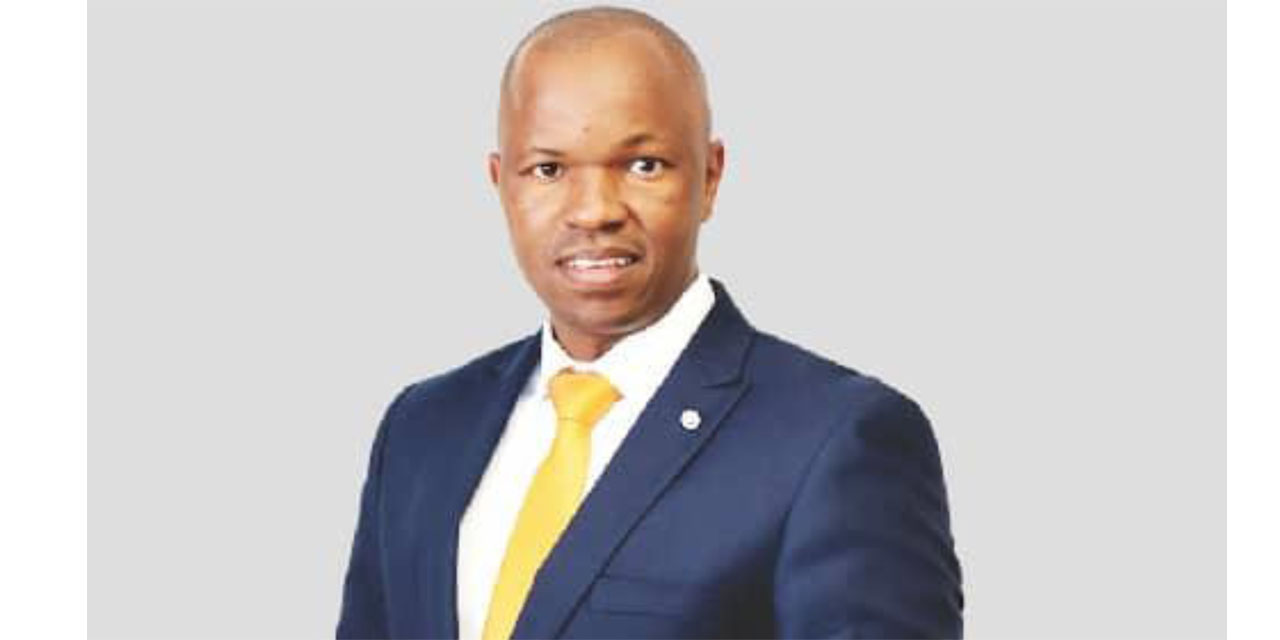Tujoromajo Kasuto
Analysts expect interest rates going up by another 100 basis points or one percent before the end of the year sending home and vehicle repayments through the roof.
The Bank of Namibia (BoN) is expected to raise it repo rate that will hike the interest rates from 9.5% and 10.5% to 10.5% and 11.5% respectively by the fourth quarter of 2022.
According to Simonis Storm economist, Theo Klein this would place indebted households and corporates in a worse financial position given that mortgages constitute the largest component total household and corporate debt.
He added that also corporates battling to keep their doors open with the use of overdrafts would find it more challenging to do so as rates continue to rise.
This comes as credit extended to the private sector increased by 4.5 percent year on year
in May (compared to 3.8 percent year on year in April), the fastest rate of credit growth since March 2020.
YTD, credit growth has averaged 3.2 percent, which is higher than our forecast of 2.9 percent for 2022 and higher than levels seen in 2021 during the same period.
Klein said this was primarily due to a 5.2 percent increase in other loans and advances, as well as a 2.4 percent increase in mortgages.
Meanwhile, In May 2022, overdrafts (1.7 percent year on year) and a 0.1 percent increase in instalment and leasing credit were added to household debt.
Additionally, net corporate debt increased by 7.4 percent year on year, approaching its pre-pandemic long run average (14.0 percent) faster than household debt (long run average for households is 11.4 percent).
‘’The rise in corporate credit was mainly from an increase in short-term asset backed credit facilities and other loans and advances from businesses in the commercial and retail services sector, as well as the commercial rental property sector according to Bank of Namibia (BoN),’’ noted Klein.
Furthermore, Corporate overdrafts fell by 5.2 percent in May 2022 as a result of repayments from companies in the energy, mining, transportation, and government services sectors.
In terms of housing, as property assets increased in value, net worth and spending to income levels rose which in turn increased borrowing capacities.
Post 2015, house prices have increased by 1.9 percent on average per annum and mortgage loan growth averaged 6.3 percent per annum during the same period.
‘’Net household debt increased by 2.4 percent year on year in May and has been declining since the beginning of 2022. Between 2010 and 2015, house prices increased by 14.6 percent on average per year, while mortgage loan growth averaged 13.5 percent per year,’’ Simonuis states.
Klein said that should house prices continue to decline, borrowing capacities should deteriorate further, which would lead to less consumption spending, moreover highlighting that this coupled with rising interest rates could weigh on economic activity as consumption spending is about 70% of GDP.




